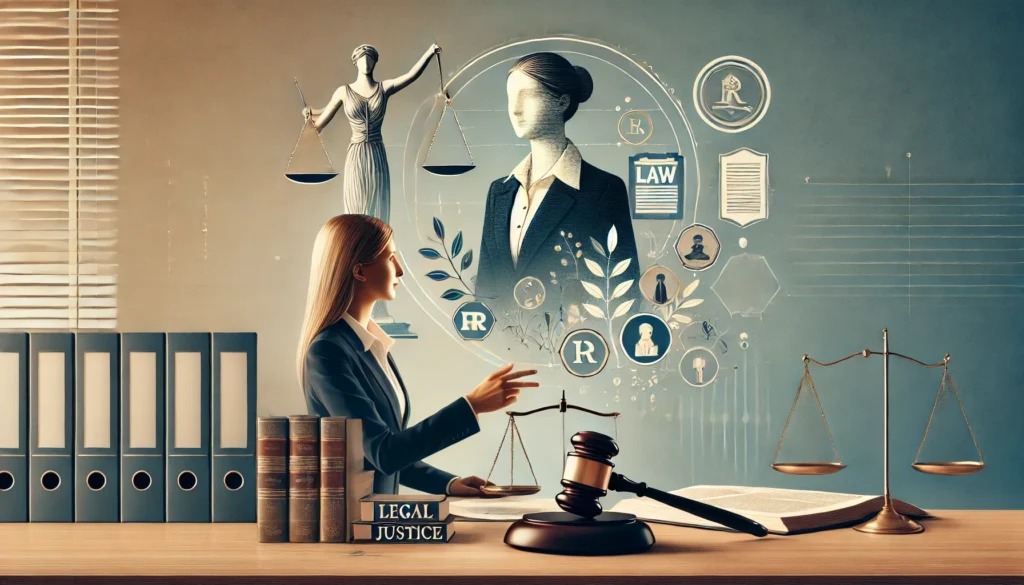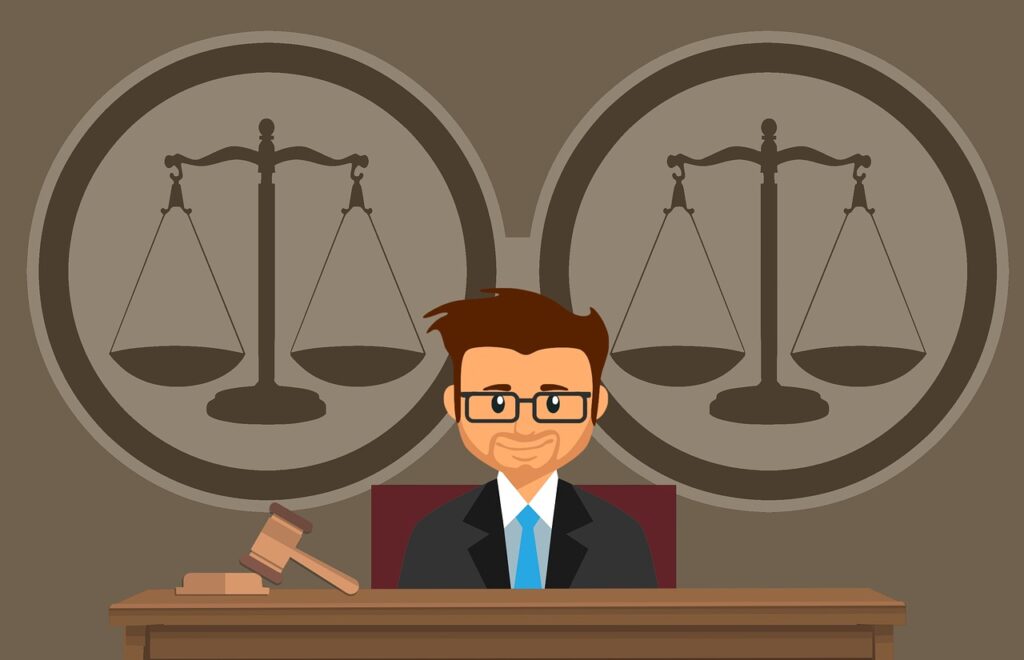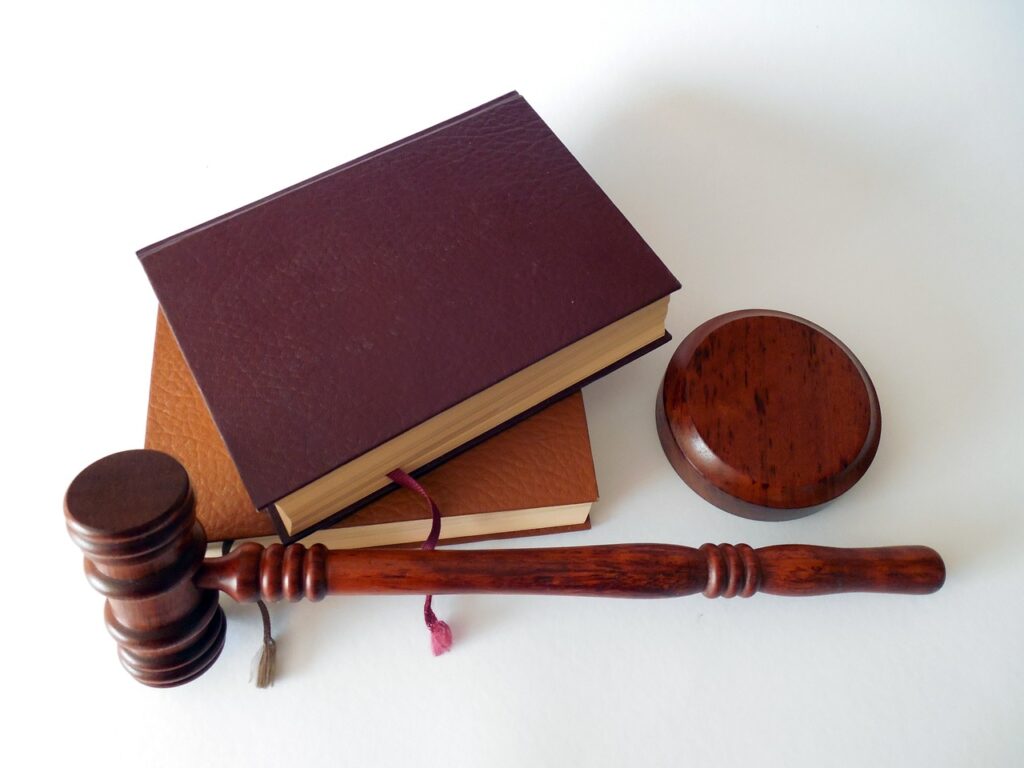Published On: 15th September, 2024
Authored By: Anita Ajay Bhagat
Kishinchand Chellaram Law College, Mumbai
On 11th December 2023, the Hon’ble Supreme Court of India delivered a landmark judgment on the abrogation of Articles 370 and 35A. In August 2019, the Central Government has repealed the Article 370 which granted special sovereign status to the region of Jammu and Kashmir and which has been the subject of a dispute between India and Pakistan since independence. The decision of the five judge constitutional bench upheld the sovereignty and integrity of India. The court also declared that Article 370 of the Constitution is a temporary provision.
Article 370: A special Recognition-
The dispute stated when Maharaja Hari Singh, the former ruler of Jammu and Kashmir, signed the Instrument of Accession in 1947, resulting in the formation of Article 370. Singh employed the device to bring the State under India’s control, but it limited India’s power to make laws for the State to only cover communication, defence, and foreign affairs. Article 370 encompassed all the requirements specified in this Instrument of Accession. The aim was for Jammu and Kashmir to transition from being an independent princely state to a democratic state under the “Dominion of India”.
Through Article 370 of the Indian Constitution, Jammu and Kashmir was bestowed with a unique constitutional status that distinguished it from all other Indian states. The provision significantly reduced Parliament’s authority to make laws for the State and instead granted more power to the Jammu and Kashmir state legislature. The clause served as a way to guarantee that the people of Jammu and Kashmir would have full control over their sovereignty and that any laws pertaining to them would only be implemented with their approval.
The dispute over Article 370 arose when alliance government disintegrated. On 19 June 2018, the Chief Minister, Ms Mehbooba Mufti, belonging to the PDP, resigned from the post when the BJP withdrew support. The next day, the Governor promulgated the rules under section 92 of the Constitution of Jammu and Kashmir, and he dissolved the legislative assembly of the state. However, this rule was valid for the period of six months which was approaching its end. Following that on report submitted by the Governor, the President issued a proclamation in December 2018, under Article 356 of the Constitution of India. The proclamation got the approval of both the houses of parliament.
Later on 5 and 6 August 2019, the President issued two Constitution Orders, C.O.272 and C.O. 273 respectively. These orders have the effect of applying the entire Constitution of India to the State of Jammu and Kashmir and abrogating Article 370 which incorporates special arrangements for the governance of the State of Jammu and Kashmir.
Subsequently, on 6 August 2019, the Parliament passed the Jammu and Kashmir Reorganization Act 2019 which bifurcated the State into two Union territories. As a consequence of this action, various writ petitions have been filed and the petitioners have challenged the constitutionality of these actions.
A 5-Judge Constitution Bench decided to hear the case but the petitioners sought the case to be placed before a larger Bench. The Bench declined to refer it to a more senior Bench member on March 2, 2020. Chief Justice D.Y. Chandrachud’s Constitution Bench was assigned the case by the Supreme Court. The five-judge Constitution Bench decided to hear the case from August 2, 2023.[1]
What issues were involved?
The petitioners challenged the abrogation of Article 370, enforcement of Governor’s rule and subsequent President’s rule in the state as void and unconstitutional. They also argued that constitutional orders by the President are impugned and void.
The question before the court was Whether Article 370 of the Indian Constitution was a temporary provision?
Whether the entire Constitution of India could have been applied to the State of Jammu and Kashmir in exercise of the power under Article 370(1) (d)?
Can Article 367 be used to change the meaning of “Constituent Assembly” to “Legislative Assembly”?
Whether during the tenure of a Proclamation under Article 356, the repeal of Article 370 without the recommendation of the Constituent Assembly of Jammu and Kashmir by the President was valid?
Whether abrogation of article 370 and 35A was a political stratagems?
Is the Jammu and Kashmir Reorganisation Act, 2019 constitutionally valid to bifurcate the state into Union Territories?
Law in Conflict-
The most important Article of the Constitution which created the controversy was Article 370.
This article was drafted in Part XXI of the Indian constitution titled “Temporary, Transitional and Special Provisions”.
This provision had three main ingredients. Initially, India would only pass legislation covering the three topics listed in the Instrument of Accession in Jammu and Kashmir. The Jammu and Kashmir Constituent Assembly’s consent was required before the Parliament could pass any legislation.
Second, apart from Article 370 and Article 1, which established India as a “Union of States,” no sections of the Indian Constitution would apply to Jammu and Kashmir.
The President of India has the authority to enforce the Indian Constitution in Jammu and Kashmir using an executive order, thus protecting the Constitution of Jammu and Kashmir from the parliament of India. Third, according to Article 370(3), the special status of Jammu and Kashmir could not be amended or repealed, unless the Constituent Assembly of Jammu & Kashmir recommended it.[2]
Another article in question was Article 367 of the Constitution. Article 367(4), which was modified to change the phrase “Constituent Assembly” in the proviso to Article 370(3) to “Legislative Assembly.” This reduces the power of the constituent assembly of the J&K.
Article 356 has also played crucial role because action taken by President must have reasonable objective. In the present case, action taken by the President comes into question of exercising his powers in mala fide and extraneously.
Analysis of judgment–
J&K is non- Sovereign state-
Chief Justice relied on Yuvraj Karan Singh’s proclamation, which declared the Indian Constitution to govern the relationship between J&K and India, superseding and abrogating all inconsistent provisions. Further, the Preamble to the J&K Constitution shows a “clear absence of a reference to sovereignty.”
Justice Kaul gave his different views relying on the decision in Prem Nath Kaul v Union of India 1959[3] he said, that J&K retained some sovereignty, J&K’s internal sovereignty is recognised by the Constituent Assembly of the state.
Article 370 is a temporary provision-
The petitioners argued in the matter that Article 370 was a permanent provision. Answering that the Chief Justice of India (CJI) clarified that Article 370, which was part of the temporary provisions in Part XXI, applied to Jammu and Kashmir. He stated that the Instrument of Accession(IoA) made it clear that Article 1 applied to J&K, which was a Part B State when the Constitution was adopted, making it an integral part of India. The Chief Justice further ruled that the President’s authority to repeal Article 370 could not be restricted by the Constituent Assembly’s dissolution.
Agree with CJI, Justice Kaul said “Article 370’s historical context, its text, and its subsequent practice” indicates its temporary nature. The President’s power can be exercised post-dissolution “in line with the aim of full integration of the State.”
Validity of the Presidential orders-
The respondents relied on the case of Maqbool Damnoo v State of Jammu & Kashmir (1972 AIR 963[4], in this case the Union amended Article 367 to replace “Sadar-i-Riyaasat” with “Governor,” interpreting it as a clarification. Similarly, C.O. 272 amends Article 367, which is an interpretation clause. The respondent, upheld that it was legitimate under Article 370 (1)(d), which permits the Indian Constitution to be applied to J&K subject to exceptions and alterations by the President. The President issued Constitutional Orders to abrogate Article 370 with bona fide objective for the integration of J&K.
The Chief Justice ruled the amendment to Article 370 was invalid and unconstitutional due to the need for a state government’s “concurrence” as a necessary component under Article 370(1)(d) and not through an interpretation clause which is article 367. The court ruled that CO 272 was not totally unconstitutional as the President had the power to apply all or part of the Constitution to J&K, using Article 370(1)(d). The President’s exercise of powers was not improper when the Union of India’s concurrence was taken on behalf of the State Government, as it was not necessary for the Constitution to be applied. Therefore, the Court held that CO 272 is valid to the extent that it applies all the provisions of the Constitution of India to J&K.
In CO 273, the President exercising powers under Article 370(3) declared that “…all clauses of the said Article 370 shall cease to be operative….” The Chief reviewed the President’s decision, finding it not mala fide. He argued that the Union and state have integrated since 1950, and the President made the Indian Constitution applicable to J&K under Article 370(1)(d) to ensure its complete integration into India.
The Bench held that the Constitution of J&K was always subordinate to the Constitution of India. The effect of CO 272 and 273, CJI Chandrachud wrote, was that the whole of the Constitution of India applied to J&K just as it did to other states and Union Territories. Applying the Indian Constitution in its totality to the state of Jammu and Kashmir inevitably but implicitly renders the state’s constitution unworkable.
President’s Rule was valid-
The petitioners’ claimed that the President cannot use their powers under Article 356 to “take irrevocable decisions” and “unsettle constitutional safeguards in favour of States.” The Chief Justice cited Justice B.P. Jeevan Reddy’s decision in S.R. Bommai v Union of India (1994) 2 SCR 644[5], in which he held that imposing President’s Rule requires removal of the government to prevent simultaneous governance by Union and state governments. He also stated that decisions made by the President and Parliament must be aimed at restoring constitutional machinery in the state.
The chief held that every action of the government cannot be open to judicial review, as it will only lead to chaos and uncertainty. The court must determine the reasonable objectives and intent behind exercise of power by the President for proclamation in case of judicial review. However onus of proving reasonable objectives depends upon the Union. Justice Kaul affirmed that the President’s powers are regulated by judicial and constitutional scrutiny.
Constitutionality of Reorganisation Act-
The J&K Reorganisation Act, 2019 was enacted by Parliament under Article 3 of the Constitution. The petitioners contended that it was unconstitutional.
To determine the scope of Article 3, the Court delved into the history of states and union territories, the need for union territories and the reason for introducing Article 3. The Chief held, the Indian Constitution’s Article 3 aims to maintain an arrangement until a reclassification is deemed suitable for the local population, based on administrative, cultural, linguistic, and financial considerations. Federalism, consisting of Union and state units, is part of the basic structure. Union Territories are not viable administrative units and lack the degree of autonomy that states do. The Reorganisation Act was introduced under Article 3, and the Bench held that the Union ought to have sent the proposal to the state legislature for their views. Since the Union Parliament had assumed the role of the state legislature of J&K at the time, the Union sought the views of both houses of Parliament which agreed with the Reorganisation Bill.
Conclusion-
To conclude, the Hon’ble Supreme Court upheld the Union’s abrogation of Article 370. They reasoned that the clause was merely a stopgap to guarantee Jammu and Kashmir’s incorporation into India. The Court upheld the government’s actions stating that the decision to abrogate Article 370 and reorganize the state was within the legislative competence of the Parliament.
References:
[1] ‘Article_370.Pdf’ <https://main.sci.gov.in/pdf/LU/article_370.pdf> accessed 12 July 2024.
[2] ‘Abrogation of Article 370 | Judgement Summary’ (Supreme Court Observer) <https://www.scobserver.in/reports/abrogation-of-article-370-judgement-summary/> accessed 10 July 2024.
[3] ‘Prem-Nath-Kaul-v-Jammu-and-Kashmir.Pdf’ <https://www.scobserver.in/wp-content/uploads/2023/07/Prem-Nath-Kaul-v-Jammu-and-Kashmir.pdf> accessed 13 July 2024.
[4] ‘Mohd. Maqbool Damnoo vs State Of Jammu And Kashmir on 5 January, 1972’ <https://indiankanoon.org/doc/713534/> accessed 13 July 2024.
[5] ‘11570.Pdf’ <https://main.sci.gov.in/judgment/judis/11570.pdf> accessed 13 July 2024.




